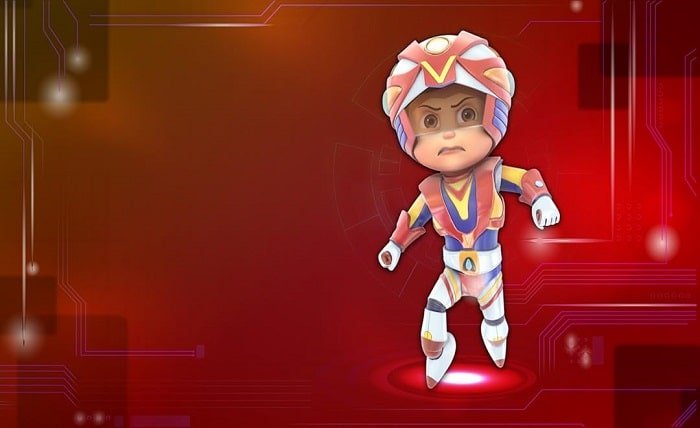Introduction
Vir The Robot Boy is one of the most fascinating advancements in robotics and artificial intelligence. Designed to resemble a human child, Vir combines cutting-edge AI with lifelike movements, making him a revolutionary creation in the field of robotics. This blog post delves into Vir’s origins, capabilities, and the impact he has on technology and society.
Who Is Vir The Robot Boy?
Vir The Robot Boy is an AI-driven humanoid robot developed to interact with humans in a remarkably natural way. Unlike traditional robots, Vir can express emotions, learn from his surroundings, and engage in conversations. His design mimics a young boy, making him relatable and approachable. Vir represents a significant leap in robotics, blending AI, machine learning, and emotional intelligence seamlessly.
The Technology Behind Vir The Robot Boy
The innovation behind Vir The Robot Boy lies in his advanced AI algorithms and sensory systems. Equipped with facial recognition, voice modulation, and natural language processing, Vir can understand and respond to human emotions. His neural networks allow him to learn from interactions, improving his responses over time. Additionally, his robotic actuators enable smooth, human-like movements, making him one of the most realistic humanoid robots ever created.
Vir’s Impact on Robotics and AI
Vir The Robot Boy has set new benchmarks in robotics and AI research. His ability to simulate human emotions opens doors for applications in therapy, education, and companionship. Researchers are studying Vir’s interactions to improve human-robot relationships, while educators see potential in using AI-powered robots like Vir to assist in classrooms. His existence challenges traditional views on robotics, pushing the boundaries of what machines can achieve.
Real-World Applications of Vir The Robot Boy
Beyond research, Vir The Robot Boy has practical uses in various industries. In healthcare, he can assist patients with emotional support, especially children in hospitals. In education, Vir can serve as a personalized tutor, adapting to students’ learning styles. Additionally, businesses are exploring his potential in customer service, where his human-like interactions can enhance user experience. The versatility of Vir makes him a valuable asset across multiple fields.
Ethical Considerations Surrounding Vir The Robot Boy
While Vir The Robot Boy offers numerous benefits, his development raises ethical questions. Should robots like Vir have rights? How much emotional attachment is healthy between humans and AI? Privacy concerns also arise, as Vir collects data from interactions. Society must address these issues to ensure responsible AI development. Striking a balance between innovation and ethics will be crucial as humanoid robots like Vir become more common.
The Future of Vir The Robot Boy
The future of Vir The Robot Boy is filled with possibilities. As AI technology evolves, Vir could become even more advanced, possibly achieving self-awareness. Future versions might integrate with smart homes, assist the elderly, or even participate in creative fields like art and music. The continuous improvement of Vir’s AI and robotics will shape how humans and machines coexist in the coming decades.
Conclusion
Vir The Robot Boy represents a groundbreaking fusion of robotics and artificial intelligence. His ability to mimic human emotions and learn from interactions makes him a pioneer in the field. While challenges remain, the potential applications of Vir in healthcare, education, and beyond are immense. As technology progresses, Vir could redefine the relationship between humans and robots, paving the way for a future where AI companions are a part of everyday life.
FAQs
1. What makes Vir The Robot Boy different from other robots?
Vir stands out due to his advanced emotional intelligence, human-like interactions, and ability to learn from experiences, setting him apart from traditional robots.
2. Can Vir The Robot Boy feel real emotions?
Vir simulates emotions using AI but does not experience them like humans. His responses are based on algorithms designed to mimic emotional reactions.
3. How is Vir The Robot Boy used in education?
Vir can act as a personalized tutor, adapting lessons to students’ needs, answering questions, and making learning more interactive and engaging.
4. Are there any privacy concerns with Vir The Robot Boy?
Yes, since Vir collects interaction data, ensuring secure data handling and user privacy is essential to prevent misuse.
5. What does the future hold for Vir The Robot Boy?
Future advancements may include greater autonomy, enhanced emotional intelligence, and broader applications in healthcare, entertainment, and daily assistance.






